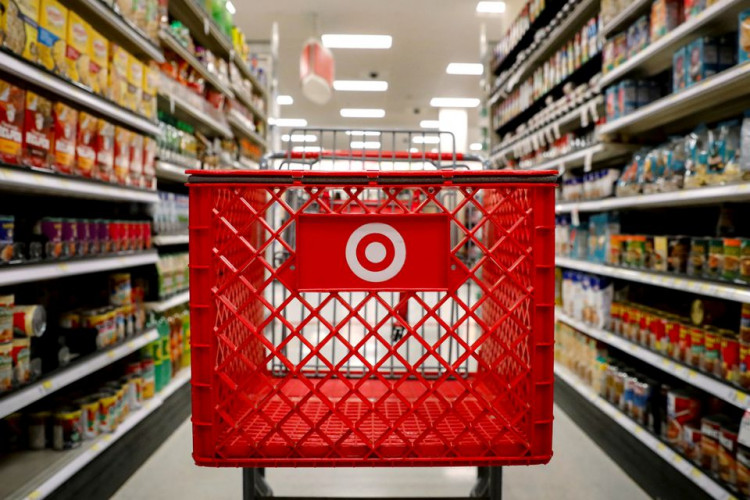Target has announced a sweeping initiative to slash prices on more than 5,000 popular items in an effort to draw back inflation-weary shoppers. The retailer began cutting prices on over 1,500 products effective Monday and plans to continue with thousands more reductions over the summer. This move aims to save consumers millions of dollars on essential household items, from groceries and diapers to pet food and cleaning supplies.
The decision comes as part of Target's broader strategy to counteract declining sales and regain consumer trust. Over the past year, shoppers have significantly reduced spending due to soaring prices, which have risen by 20% to 30% compared to three years ago, according to Sarah Wyeth, managing director of retail and consumer with S&P Global Ratings. "Shoppers have pulled back for a year now as costs have risen and incomes failed to keep up," Wyeth told CNN.
The impact of high prices has been evident in retail sales growth. The Commerce Department recently reported that retail sales in April were unchanged from March, which had a revised 0.6% increase. This stagnant growth fell short of the 0.4% increase projected by economists, highlighting the ongoing challenges retailers face in enticing consumers to spend.
Target's price cuts are a strategic response to these challenges. The reductions span both name brands, such as Clorox and Prime energy drinks, and Target's own house brands. For instance, a 75-count canister of Clorox wipes has been reduced from $5.79 to $4.99, and one pound of unsalted butter from the Good & Gather brand now costs $3.79, down from $3.99. These adjustments are part of Target's efforts to make shopping more affordable and appealing to its core middle-class customer base, which has been particularly strained by inflation.
Other major retailers, like Walmart and Aldi, have also implemented price cuts to re-attract customers. Walmart has increased its "rollback" count, offering temporary price reductions on nearly 7,000 items. Discount grocer Aldi announced price cuts on more than 250 items through Labor Day, aiming to pass $100 million in savings to consumers. These moves reflect a broader industry trend as retailers compete to offer the most attractive prices amid persistent inflation.
Target's latest financial struggles are a significant backdrop to this initiative. The retailer experienced a decline in sales last year for the first time since 2016, and projections for 2024 remain sluggish. This downturn follows a pandemic-driven surge in business during 2020 and 2021, when consumers heavily stocked up at Target's locations and online platforms. As inflation took its toll, Target's customers pulled back on discretionary spending, impacting sales of non-essential goods such as home decor, electronics, and clothing.
In addition to price cuts, Target has introduced a new house brand called Dealworthy, designed to compete with dollar stores and Walmart. The brand features 400 budget-friendly items, ranging from phone chargers to disposable plates and underwear, aimed at providing more affordable options to price-sensitive shoppers.
Target's Chief Executive Officer Brian Cornell has emphasized the company's commitment to adjusting prices to remain competitive in all markets. "Target routinely adjusts its prices to ensure it is competitive within the markets it does business," the company said in a statement.
The retailer's efforts to navigate the challenging economic landscape are being closely watched, especially as it prepares to report its earnings. The outcome of these price cuts will be a critical indicator of Target's ability to adapt and thrive in an environment where consumers are increasingly selective with their spending. As inflation continues to affect household budgets, Target's strategy to lower prices on essential items could play a pivotal role in reviving its sales and strengthening its market position.






